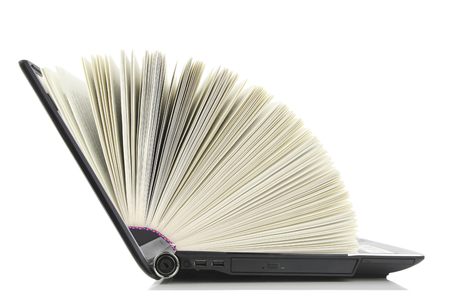From paper to glass

In today’s age of mobile technology, using pen and paper is a cumbersome form of data capture that leaves an ecological stain on the Earth. In fact, dealing with excessive paperwork is a pain point for workers across the FM industry, so making it simpler increases morale and lifts performance. Given that electronic records are now legally binding documents, it’s only a matter of time that all FM companies see the huge benefits of moving from paper to glass.
On any given day, workers will have to carry around documentation and fill out job-specific forms (ie, inspection reports), work safety forms — and timesheets. We’re seeing many companies get bogged down with paper, so we believe the time is right to evaluate going 100% digital.
While glass represents huge value for companies in terms of time savings and costs, the implementation and planning often requires planning and process mapping to identify the best outcomes outside the constraints of paper.
For companies still using paper-based systems for field staff, the process generally involves the following steps:
- Head office creates a property inspection report form.
- Head office arranges the printing of the form in custom book (expensive carbon pads).
- The form gets dispatched to site.
- The worker fills out the form.
- The forms are transported back to head office.
- The forms are processed by being entered into the system.
Moving to an electronic system will usually involve the following:
- Head office creates property inspection report form.
- The worker fills out the form.
- Form workflow notifies exceptions to specific managers.
Six business processes are reduced to three with the addition of custom exception reporting without additional data entry. When FM businesses add up all of the time and resources spent on those three processes, it presents a clear case for moving to electronic data capture from the field. In cases where geographical distances between the hub and spokes are great, the case is even stronger.
Another benefit of going digital is that it gives management team members the ability to effortlessly analyse large amounts of operational data to make business decisions. For example, there is a significant lag when paper is used as the mechanism for collating data such as timesheets.
Algorithms can also be applied to flag events of key importance, which can eliminate the need for manual data analysis. Using the timesheets example once again, administration staff can be notified who hasn’t filled in their timesheets as opposed to having to process all records to identify the missing pieces in the puzzle.
In 2013, KONE Elevators identified the impact smartphone technology could have on its operations and was eager to find a better way to capture data from the field. After an introduction from Australia’s leading mapping provider, Courtney Smith (Co-Founder, Vertical Matters) met Rae Raymond (National Operations Manager, Service) and a proof of concept for the KONE Guardian project was born.
At the core of the project, KONE Elevators recognised that it needed to improve its safety management systems, remove the amount of paper wastage throughout the organisation and increase organisational productivity.
Improve safety management systems
By going digital with its safety management systems, it was able to set new standards for safety in Australia and make innovative use of GPS technology. Vertical Matters worked with KONE to develop a ‘lone worker’ application that supports technicians working unaccompanied faced with potentially high levels of risk. With workers being required to carry their smartphone devices on their person at all times, the ‘stagnant alert’ was developed, which notifies nearby workers if a device has remained still for five minutes.
Paper wastage
By going digital with its forms (including Timesheets and Safety), KONE was immediately able to reduce paper usage by 95%. When it is considered that the KONE team includes over 1000 workers spread across Australia, the reduction of the company’s carbon footprint has been substantial.
Organisational productivity
Once the key requirements of capturing form data digitally had been satisfied, the scope was broadened to identify further operational benefits for KONE. Using the KONE Guardian Application, workers now access information relating to customer equipment including type and characteristics. Previously, obtaining this information would require phone calls and/or carrying around bulky asset registers.
By filling out timesheets using mobile devices, they have cut four of the six organisational processes involved with this task. They no longer have to print and deliver the forms out to site and then process them in the office.
With the KONE Guardian Application, all the workers have to do is fill out their timesheets and the data feeds into KONE’s ERP. Vertical Matters also helped create an Uber-like system for the support with its customer care department being able to visualise on an interactive map the location of its technicians so it can dispatch accordingly.
KONE Elevators was able to reduce its carbon footprint and make significant organisational gains by moving from paper to glass. Rather than be clouded with a “well we’ve done it this way” mentality, they made the decision to innovate and it’s reaped dividends. The implementation of mobile applications to perform key operational activities does come at a cost to the company — but so do inefficient layers of administration and staying in the past.
All-electric haulage fleet under mining alliance
A strategic alliance between Newmont and Caterpillar will see the rapid deployment of an...
How to measure ROI of field service management software
Some ROIs are easier to calculate than others. It's important to consider both tangible and...
Preparing the grid for electric vehicles
A new $3.4 million trial will help support growing adoption of electric vehicles across Australia...



